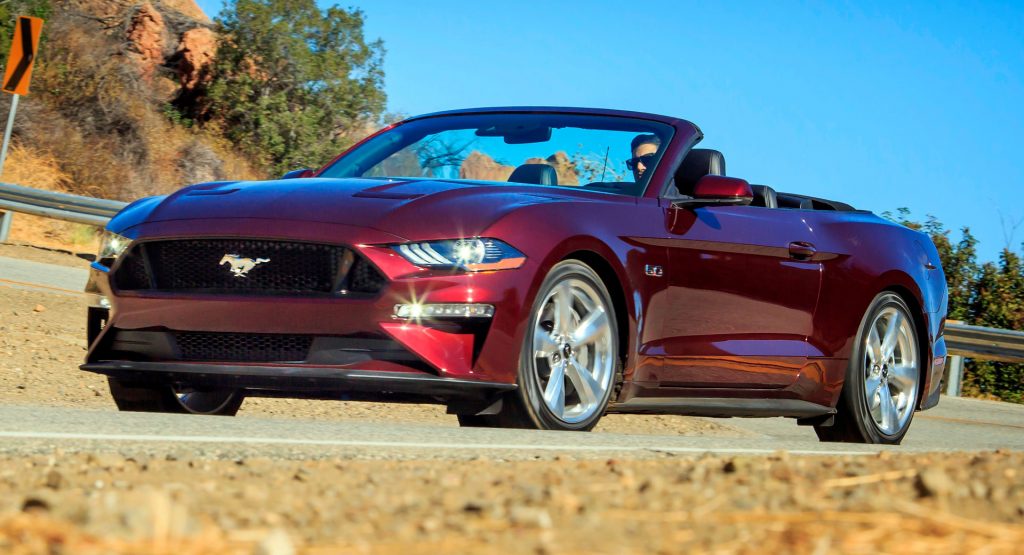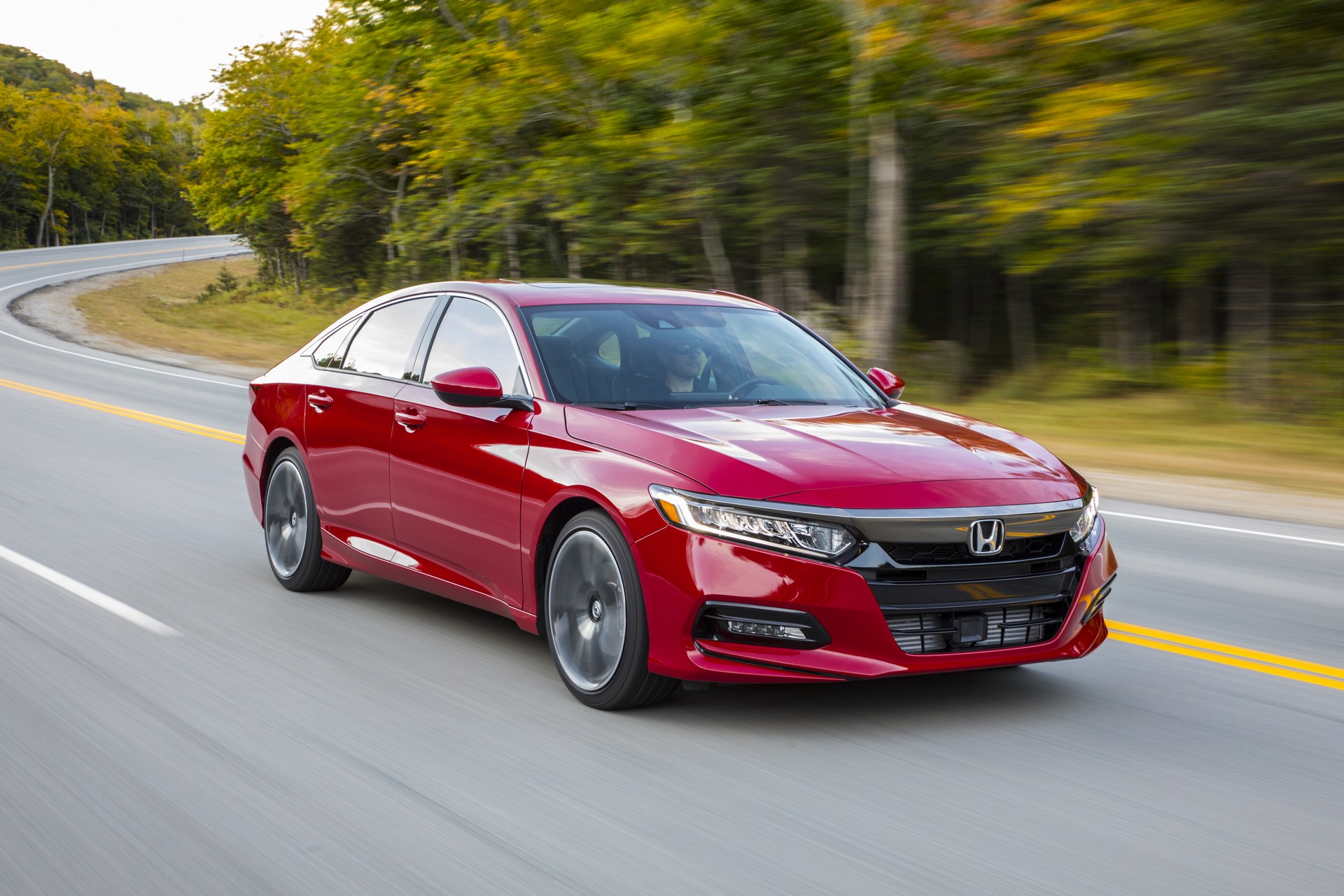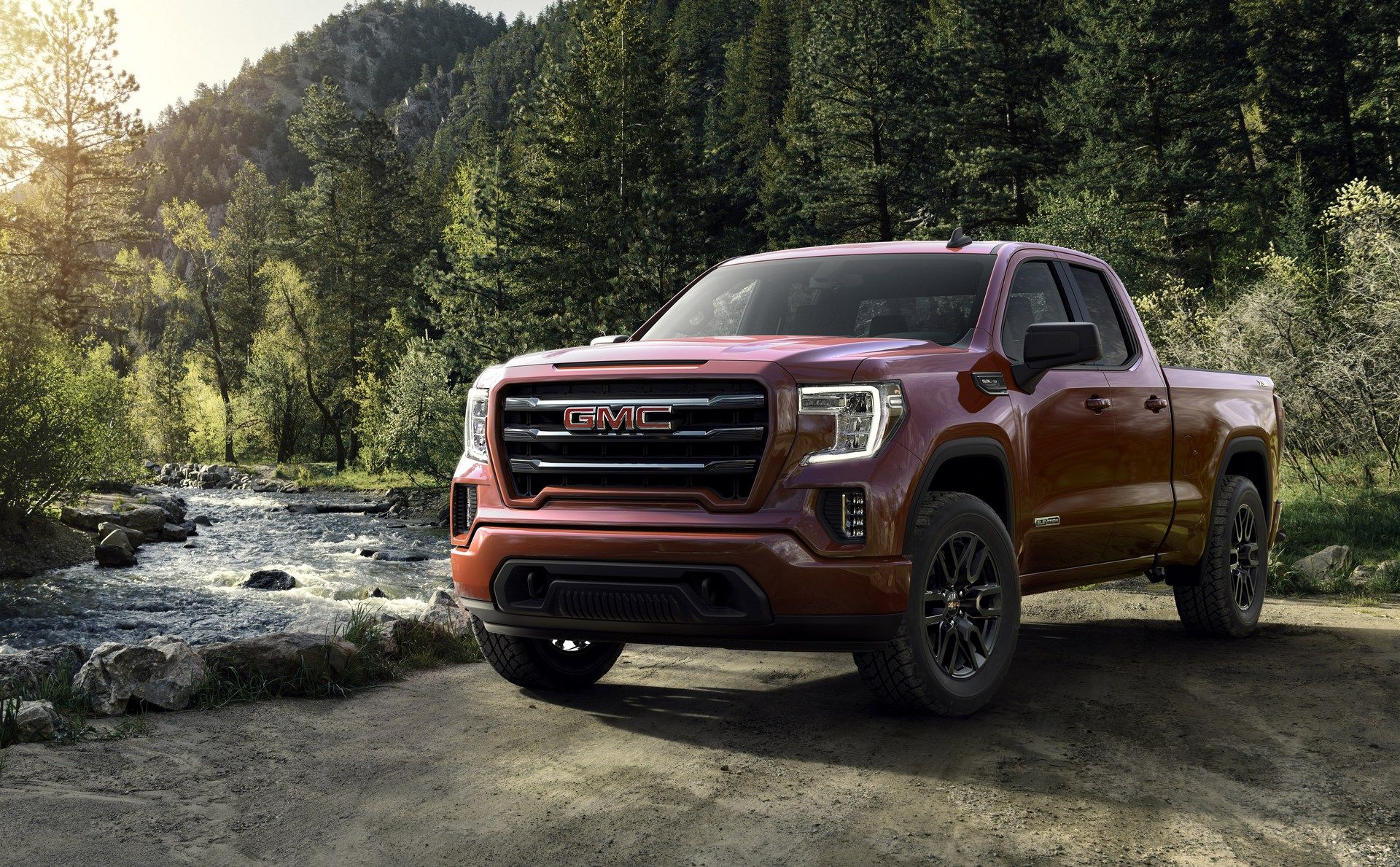The EPA is fighting to lower future fuel economy standards but Bloomberg recently pointed out an interesting trend.
While the average fuel economy rating of new vehicles has climbed 24 percent since 2008, the average horsepower rating of new models has also grown by 14 percent. The average new vehicle in the United States now produces nearly 300 hp (223 kW / 304 PS) and is significantly more fuel efficient. This is a stark contrast to decades ago when getting a fuel-efficient vehicle meant getting stuck with an anemic four-cylinder engine.
A large part of this is due to government regulations requiring improved fuel economy ratings. This pushed a number of automakers to develop new four-cylinder engines and many of them feature turbochargers. This allows them to have V6-like performance without the penalty at the pump.
Turbochargers and superchargers are becoming widespread in the United States as the report claims half of all new models feature an engine with some form of boost. This is a massive increase from 2008 when just 23 percent of new models featured a turbocharger of supercharger.
At the same time, the number of vehicles offering a V8 engine has dropped. Today, only 16 percent of new models are available with the powertrain. Among the newer models that have dropped V8 engines are the Ford Expedition and Lincoln Navigator.
The Expedition and Navigator aren’t the only ones that are downsizing as the Chevrolet Silverado and GMC Sierra will be offered with a turbocharged 2.7-liter four-cylinder engine that produces 310 hp (231 kW / 314 PS) and 348 lb-ft (471 Nm) of torque. That’s doesn’t seem too impressive at first glance but the four-cylinder engine is more powerful the truck’s previous 4.8-liter V8 which developed 302 hp (225 kW / 306 PS) and 305 lb-ft (414 Nm) of torque.






